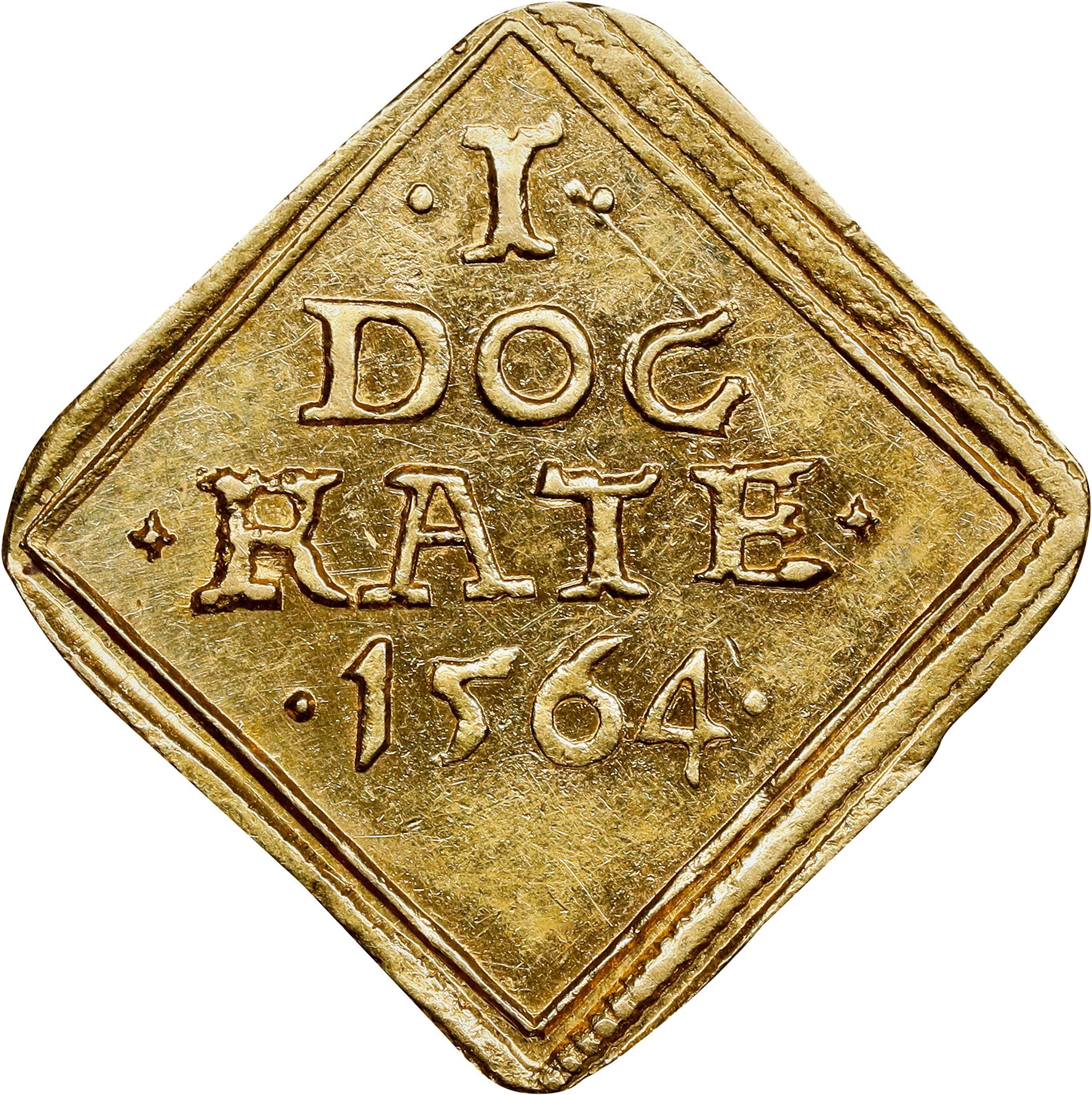
For the past century, one of the most valuable collections of coins ever assembled has been hidden away in Denmark, its location known only to a handful of designated stewards.
The situation was designed by Lars Emil Bruun, a Danish butter mogul, whose will stipulated that his 20,000-strong collection of coins, paper bank notes, medals, and books should remain squirreled away in four custom-made cabinets and not sold for 100 years.
Brunn’s reasoning was largely patriotic. Sensitive to Denmark’s vulnerability following his experiences in first the Prusso-Danish War and then the World War I, Brunn ordered his collection stand as a reserve for the Danish national collection in case of destruction.
Bruun died in 1923. This year, the grand sell-off will begin across an auction series set to last three to five years, with the proceeds benefitting Brunn’s heirs. At $72 million, it’s the most expensive coin collection to hit the market, according to Stack’s Bowers, the auction house that beat off stiff competition to win what it calls a “once in multiple lifetimes opportunity.”
Centered on Scandinavia, Bruun’s collection traces the region’s tumultuous history from the 15th through the 20th centuries.
Danish Silver Gulden, 1523. Photo courtesy of Stack’s Bowers.
Start, if you like, with Christian II who in 1523, fled to the Netherlands after a short and brutal attempt to unite Sweden and Denmark. He hoped to return with an army and there’s a finely struck silver gulden ($4,400 to $5,500) that the king used to remunerate foreign mercenaries; he failed and spent his final years under house arrest in Kalundborg castle.
A century on, there’s a Danish ducat ($5,500 to $7,750) minted during the Torstenson War that invokes the name of God in Hebrew in the hope of gaining favor in the fight against Sweden. The peace that followed is captured on a coin from Swedish Pomerania that displays a bucolic scene of a harvested field backed by a church’s spire ($11,000 to $16,500). Later ducats from the 1660s and 1700s bear ships with billowing sails that evidence Denmark’s exploits in the New World.
Danish Noble, 1496. Photo courtesy of Stack’s Bowers.
The star lot is the King Hans Gold Noble from 1496 ($333,000 to $662,000), among the earliest Scandinavian coins to be dated. It’s believed to have been used as a gift for foreign dignitaries at court and of all the Danish Nobles minted through the 1530s, only 20 survive, the vast majority of which are the National Museum of Denmark.
“Upon viewing the collection firsthand, I was struck by its sheer diversity and quality, offering a comprehensive narrative of Scandinavian monetary evolution,” said Henrik Holt Christensen, the auction house’s senior director of consignments. “Bruun’s collection encapsulates Scandinavia’s millennium-long numismatic journey.”
Danish Noble, 1496. Photo courtesy of Stack’s Bowers.
Bruun’s 65 years of collecting began with a modest selection of silver and bronze coins inherited from his uncle. As he steadily expanded a business in packing and exporting butter to parts of the continent where the product was a rare luxury, Bruun became a devoted collector. He found coins a soothing distraction. “People who are exclusively devoted to their business make a great mistake,” Brunn once said. “I, for one, could never imagine thinking about nothing but butter.” In fact, after years of having to sample butter for quality-control purposes, Brunn didn’t even like the stuff.